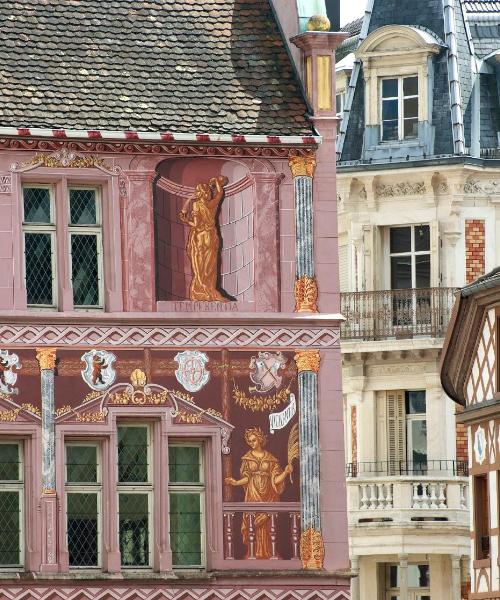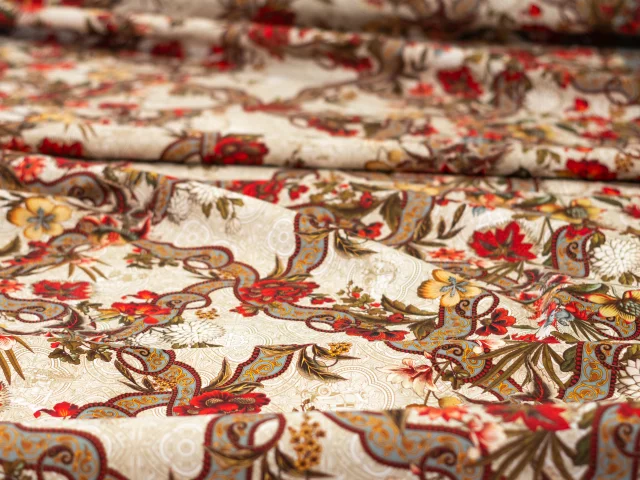
WEIGHT: 56 kg
Bust: 2
One HOUR:70$
Overnight: +100$
Services: Photo / Video rec, Toys, Sex vaginal, Photo / Video rec, Gangbang / Orgy
The history of Alsace has been influenced by the Rhine and its tributaries, a favorable climate, fertile loess soils, and the region's relative accessibility through and around the Vosges.
It was first inhabited by early modern humans during the Paleolithic. Peoples speaking Celtic and Germanic languages occupied the region prior to its conquest by Roman armies under the command of Julius Caesar. In the centuries after the fall of Rome the area acquired its name and identity as an early medieval pagus. Since then, suzerainty and effective control have shifted among competing European powers, including the Kingdom of Alamannia , the Frankish Empire , Lotharingia , the Holy Roman Empire , France , and the German Empire.

Alsace has remained part of France since the end of the Second World War. The earliest evidence of hominids in Alsace dates to , BP. Neanderthals were established in the region by , BP. Important Neanderthal archaeological sites are found near the town of Mutzig west of Strasbourg and elsewhere in the valley of the Bruche. Upper Paleolithic remains at Mannlefelsen include stone scrapers, chisels, projectile weapons, and evidence of a tent site.
Later Mesolithic remains include more finely shaped microliths used for arrowheads, as well as an intentionally severed head, similar to others found in Bavaria. Red deer , boar , auroch , and roe deer remains are also present, consistent with the post-glacial afforestation of central Europe. By BCE Neolithic farming cultures were established in Alsace, particularly on the light and fertile loess soils between the river Ill to the east and the Vosges to the west. In Alsace evidence has been found for the cultivation of einkorn and emmer wheats, barley, and vetch; the raising of cows, pigs and sheep; and transhumance : all typical of the Neolithic in Europe generally.

Technologies include polished stone tools used to clear forests and cultivate the soil, pottery, and leather goods. LBK culture is distinguished by pottery with distinctive linear designs and by large timber longhouses. LBK cultures likely coexisted with earlier hunter-gatherer cultures, which survived in mountain refugia in the Vosges. The middle Neolithic shares much in common with LBK, at least as demonstrated by burial practices.




































